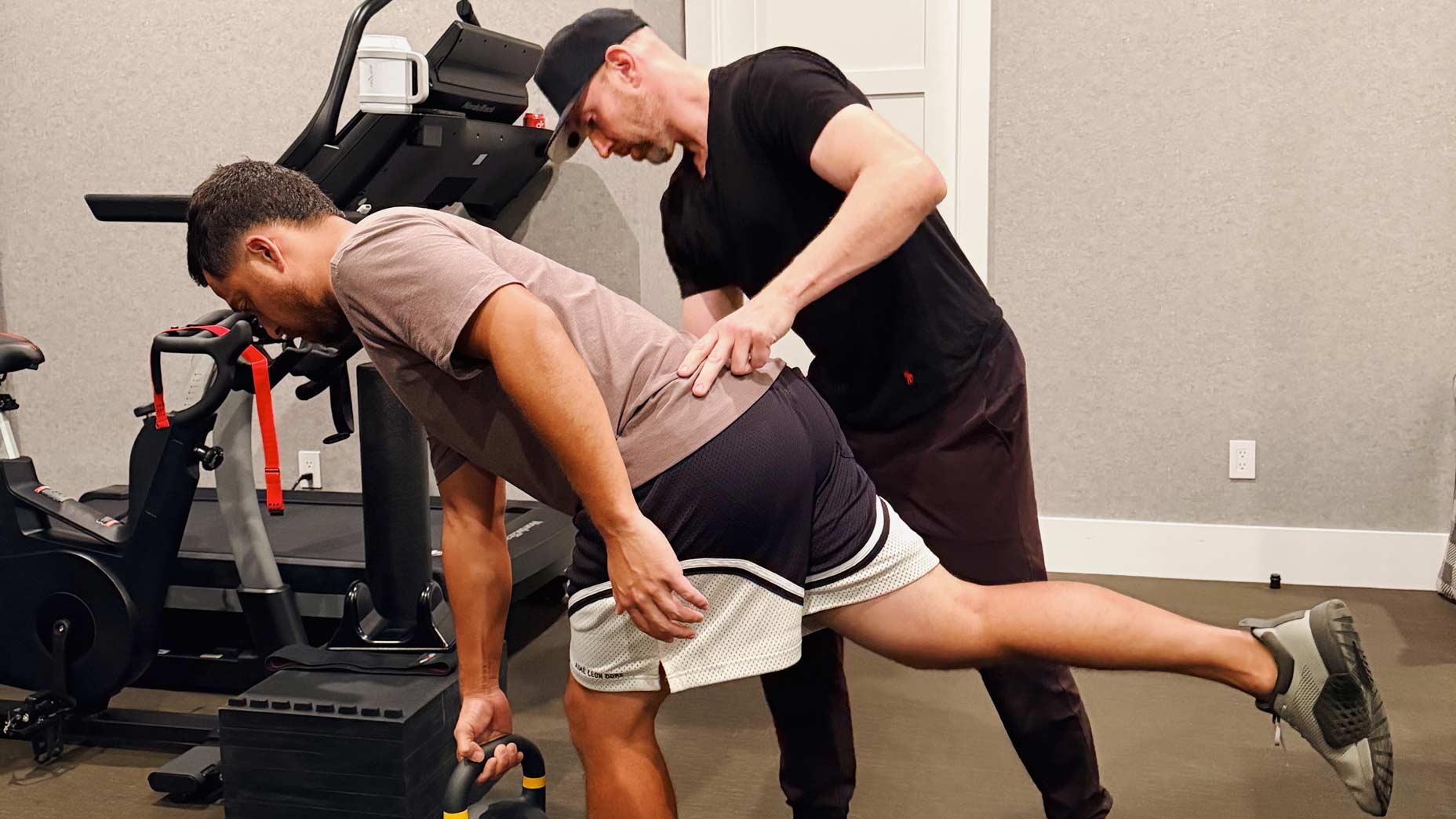Welcome to Shaving Strokes, a new GOLF.com series in which we’re sharing improvements, learnings and takeaways from amateur golfers just like you — including some of the speed bumps and challenges they faced along the way.
With the holidays here, there’s no better time to gift your favorite golfer a Short Game Chef membership. Take the next step toward mastering your game by using the code GOLF15 for 15% off! CLICK HERE!
On most 18-hole golf courses, more than half the holes are typically par-4s, which means there’s no escaping ’em.
And sure, every so often you’ll get a straightforward par-4 with a wide fairway and no hazards. But plenty of par-4s will test your entire game, forcing you to navigate narrow landing areas off the tee, work your way around doglegs to the right or left and dodge trees, water, and bunkers — all before you get to the green.
I challenged a Tour pro on a tricky par-3. Here’s how it wentBy: Nick Dimengo
As someone who bleeds too many shots everywhere, par-4s included, I was lucky enough to get a lesson from Parker McLachlin, aka the Short Game Chef, who, in addition to being a short game maestro, has also won a PGA Tour event in his career.
In the video above, McLachlin helps me navigate a par-4 hole at Tacoma Country & Golf Club, and shares some of his wisdom on how to plan better with improved course management. Check it out to see how you can play better, too!
McLachlin’s tips to better navigate par-4s
From the moment we meet on the tee box, McLachlin jokes about how he’s notorious for showing up late to a tee time, giving him very little time to warm up. While that’s not his suggested way of doing things, it often happens to players who struggle with balancing golf life with actual life. So he says using a weighted club to “shock the nervous system” is a great way to loosen up. Something like TheStack (available here) is a good recommendation.
After hitting our tee shots, McLachlin reminds me that it’s important to celebrate success, given that golf is so hard. This is a great way to reinforce positivity and help build your confidence.
As we made our way down the hole, we come across a dilemma: a 50-60-foot tree that was protecting our approach shot into the green from about 130 yards out.
This is where McLachlin’s expertise came into play — and course management becomes so important.
For a player of his caliber, sailing a shot over the tree and onto the green is a piece of cake. He’s practiced this shot, he knows his club of choice, and he has the confidence to stick it on the green.
But for an amateur like myself, it’s either choosing the hero shot route — and trying to impress McLachlin with a higher-risk play — or being smarter by eliminating the tree altogether.
I chose the latter.
“At the end of the day, the golfer’s got to be most comfortable with that decision,” McLachlin tells me. “So analyze what’s going on, figure out things like the yardage, wind, shape, trajectory; all that stuff, and then [internally] check what feels best.”
McLachlin then reminds me why course management is so crucial for amateur players like myself (who’s trying to break 80 for the first time), in order to reach their goals.
Course management expert explains why laying up is a smart playBy: Luke Kerr-Dineen
“This course management thing, it’s going to be really big for you as you start getting your technique better with the full swing, the short game, and your putting,” he says.
“How do you manage your emotions? What are you thinking about? All of that stuff takes you from the mid-to-high 80s to the high 70s. That’s important.”
Armed with better knowledge and the proper mindset, McLachlin and I continue on to finish the par-4, with him providing instruction on chipping and putting. So make sure to watch the full video above to see more tips from the Short Game Chef.
Don’t forget to use GOLF15 for 15% off a Short Game Chef membership! Click here to join.











